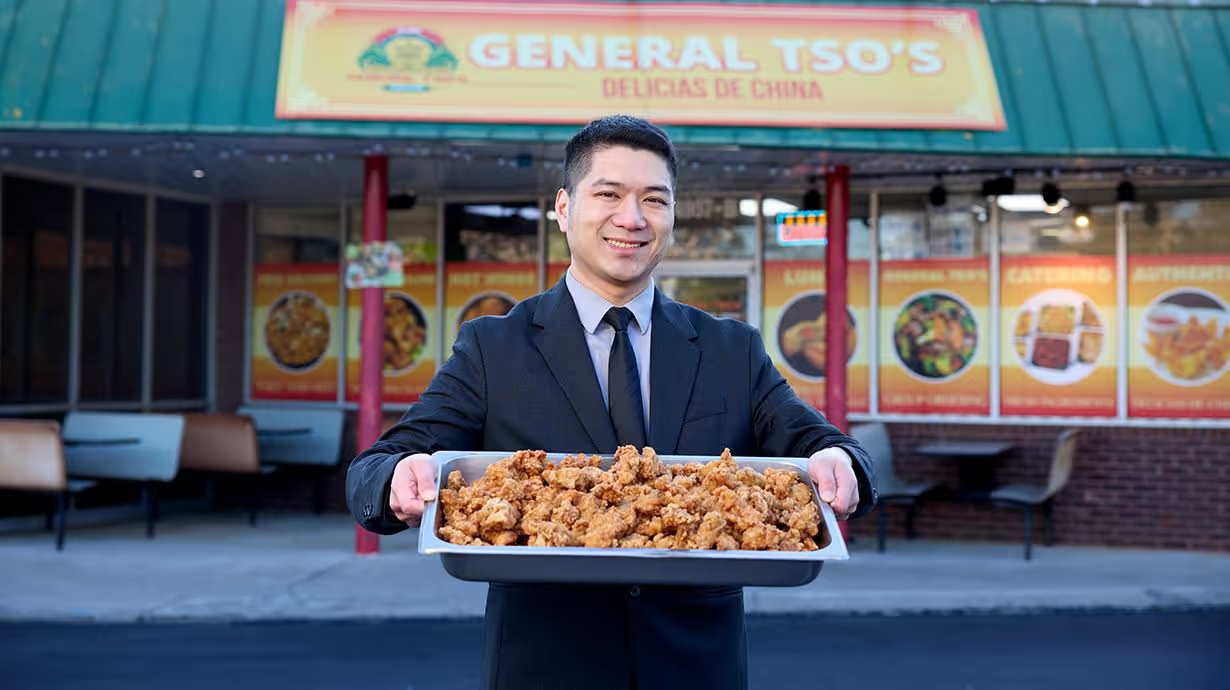How to Improve Customer Experience in Restaurants

How to Improve Customer Experience in Restaurants
In the highly competitive restaurant industry, providing exceptional customer experience is crucial for success. Positive experiences lead to loyal customers, increased revenue, and positive reviews, while negative experiences can deter potential customers and harm the restaurant's reputation.
In this article, we’ll define customer experience and show you how you can improve it to keep your existing customers and attract new ones to your restaurant business.
Understanding customer experience in restaurants
Before delving into specific strategies, let's define customer experience in restaurants. Customer experience, or CX, includes every customer interaction with a restaurant. This includes every conversation with restaurant personnel from the moment they walk through the door to the end of their dining experience.
Harvard Business School defines it as the customer's overall sentiment about the brand based on various touchpoints during their journey. Factors such as customer service quality, food choices, ambiance, and the attentiveness of the staff, all influence customer experience.
Improve restaurant service for better customer experience
Customer service is at the core of improving customer experience in restaurants. Every restaurant manager should strive to provide excellent customer service. Here are some things to think about when trying to improve customer experience in your restaurant:
Create and maintain customer service guidelines
To provide exceptional customer experience, it's crucial to write out and implement effective customer service guidelines. These guidelines should cover various aspects of customer interactions and focus on creating a pleasant and memorable dining experience. Here are some key components to consider when developing customer service guidelines:
- Professional attitude: This extends from the hostess and waiters to the bus staff and even the head chef. Staff should treat each customer with respect and courtesy, and they should address any questions or concerns professionally.
- Promptness: Acknowledge that restaurant customers are on a timetable and may be hungry when they arrive. It's essential to seat them promptly and attend to their needs immediately.
- Menu suggestions: Encourage staff to make menu suggestions, including daily specials, to inform customers of appealing options. This can help streamline the ordering process and potentially increase overall sales.
- Handling dissatisfied customers: Prepare staff to handle dissatisfied customers with empathy and attentiveness. If a customer expresses dissatisfaction, it's essential to bring the matter to management's attention, address the concerns, apologize for any inconvenience, and strive to turn the situation around with exceptional service.
Train staff for a better customer experience
Restaurant owners and managers must train their staff to be attentive, friendly, and responsive to customer needs. They need to teach staff to offer a warm welcome and address customer concerns promptly.
Provide comprehensive customer service training to all employees. Implement recurring customer service training programs for both new and existing staff members. Also, consider using employee shadowing as a training method, where new or trainee staff members follow experienced employees throughout the day to learn practical tips and real-life examples of delivering exceptional customer service.
Restaurant staff also play a pivotal role in shaping the dining experience. Training staff to be knowledgeable about the menu, attentive to customer needs, and skilled in handling difficult customers can elevate the overall customer experience. Investing in ongoing training and fostering a positive work culture can lead to happy employees, resulting in happier customers.
Listen to customer feedback for continuous improvement
Utilizing customer feedback is vital for restaurants looking to improve their offerings and meet customer expectations. Regularly collecting customer feedback allows restaurants to identify areas of improvement. Consider developing a loyalty program that rewards customers for providing their feedback and then use this feedback to make adjustments to your business.
Refine your delivery service
In recent times, delivery services have become a significant aspect of the restaurant industry. Offering efficient and reliable delivery operations is crucial to meet customer preferences and expectations. Using delivery software like Shipday can enhance the restaurant's reputation and allow for faster deliveries, improved driver management, and an overall better experience for your customers.
Enhancing the restaurant experience to delight customers
Apart from customer service, focusing on generating a delightful experience for customers through great food and other strategies serves to enhance the overall restaurant customer experience. Some of these strategies include:
- Quality of food: Consistently deliver high-quality food that meets or exceeds customer expectations.
- Menu options: Offer diverse and appealing menu options for customer preferences.
- Food delivery Apps: Embrace food delivery apps to offer convenience and ensure a seamless ordering process for customers.
- Create a good atmosphere: The restaurant's ambiance plays a significant role in the overall experience.
- Gifts, discounts, and rewards: Rewarding loyal customers with gifts, discounts, and special offers can help foster a sense of appreciation and encourage repeat visits.
By consistently delivering quality that exceeds customer expectations, offering diverse and appealing menu options, embracing food delivery apps for convenience, creating a positive atmosphere, and rewarding loyal customers with gifts and discounts, restaurants can create an unforgettable dining experience.
The impact of negative reviews on restaurants
In today's digital age, online reviews play a significant role in shaping customers' dining decisions. According to a study by ReviewTrackers, 44.6% of consumers are more likely to visit a restaurant if the owner responds to negative online reviews. Negative reviews can lead potential customers to avoid a restaurant, decrease revenue, and erode trust in the brand.
For instance, a one-star increase in a restaurant's Yelp rating can generate an extra 9% in revenue, while a one-star decrease could result in a substantial revenue loss. Addressing negative reviews promptly and effectively is crucial for mitigating their impact on the restaurant's success.
How to respond to negative reviews
When faced with negative reviews, restaurants have three typical responses:
Head-in-sand response
Ignoring negative reviews and hoping the issue will fade away is ineffective. It portrays a don't care attitude from the management. Customers feel ignored if management does not respond to negativity, and this can lead to further damage to the restaurant's reputation.
In-the-face approach
Responding aggressively or undermining the review system can garner media attention but may not be a sustainable long-term strategy. Potential customers still seek authentic reviews and social evidence to make informed decisions.
Level-headed approach
This is the most sensible response to negative feedback. Restaurants should objectively address customer concerns, seeking to understand and resolve issues. Utilizing data from negative reviews to improve operations can help enhance the overall customer experience.
The dos and don’ts of responding to negative reviews
When responding to negative reviews, restaurants should keep the following best practices in mind:
- Do: Express gratitude and apologize for the negative experience.
- Do: Respond promptly and professionally to show that customer feedback is valued.
- Do: Be available for further communication to address any lingering concerns.
- Do: Personalize responses to show genuine care and concern for the customer.
- Do: Take responsibility for mistakes (if any) and offer solutions or alternatives.
- Do: Invite dissatisfied customers to give the restaurant a second chance.
- Don't: Use the restaurant's name in responses, as it may be promotional.
- Don't: Get defensive or engage in arguments with reviewers.
- Don’t: Ignore the negative review.
Conclusion
Providing an excellent customer experience in restaurants requires careful attention to various aspects of the dining journey. Proper customer service includes having a well-trained staff. Customer feedback and delivery operations also help improve your restaurant's customer experience.
Contact Shipday today to learn how you can enhance your customer experience by improving your delivery operations.
Index
Ready to get started?
Play around with it first, add your team, pay later.








.avif)






%201.svg)
